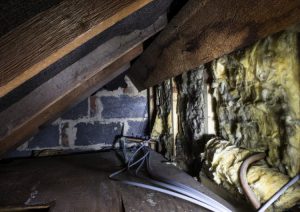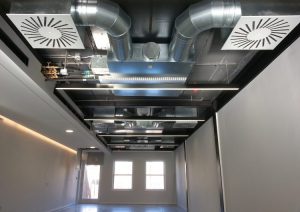Keeping your house warm during winter is expensive; that’s a fact. One other fact is that insulating your house can reduce the energy utility bills considerably.
Proper insulation translates to increased energy efficiency which then results in lower bills.
Maybe your old insulation is worn out or your new home isn’t insulated… Whatever the case is, here are the top issues you need to take care of before adding new home insulation.
Identify the Best Kind of Insulation for Your House
There are various popular types of insulation for you to pick from (rigid foam, insulating concrete forms, concrete block insulation, structural insulated panels, etc.). The trick is to pick the right insulation for your home.
Pick the type of home insulation that will result in high energy efficiency and low utility bills.1 The insulation materials should not affect the air quality of your home and ensure that the insulation is effective in keeping your home warm during winter.
Set a Preferred Budget
The cost options available to you may vary since different companies charge different rates for the insulation installation. When creating a budget for the insulation materials, be sure to include the price of labor and any other related expenses.
Find out what cost options are available to you by getting quotes from reputable companies. The next step is to pick the preferred company based on their reviews and expertise.
Evaluate Your Existing Insulation
What type of insulation do you have installed and is it effective? How deep is the insulation? Find out all there is to know about your current insulation before considering new home insulation. An assessment helps you decide whether new home insulation is really needed.
One of the best ways of evaluating your current insulation is by identifying its R-value.2 The R-value is the amount of heat resistance a particular insulation material has. If the R-value of your current insulation is high but the level of thermal insulation is low then your existing insulation is faulty.
Ensure you get rid of the loose insulation if any.
Identify the Areas That Require New Insulation
Each area of your home has different rates of energy consumption which means that some areas might require different types of insulation. If you’re an old homeowner, there are sections of your house that might not require insulation at all.
To avoid being duped, conduct an energy assessment to determine which parts of your home could use new insulation. Assess each part individually to identify energy consumption problems and then create a rough report of your findings.
Are You Planning on Adding New Home Insulation?
Evaluate your existing insulation and find out which areas could use new insulation. Find out which type of insulation would be the perfect fit for your house and ensure it is within your budget.
The best way to approach this is by engaging a professional contractor to conduct an assessment.
Links to sources used
- Types of Insulation | Department of Energy –https://www.energy.gov/energysaver/weatherize/insulation/types-insulation
- R-value – Energy Education – https://energyeducation.ca/encyclopedia/R-value




